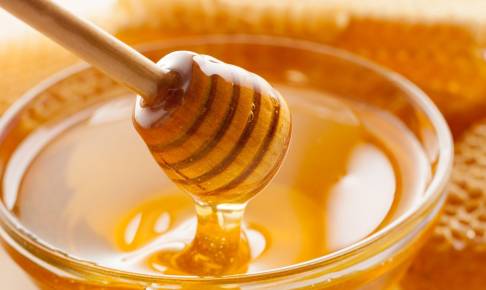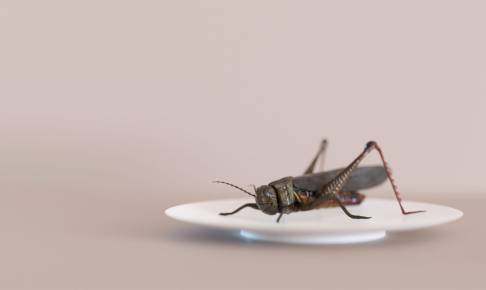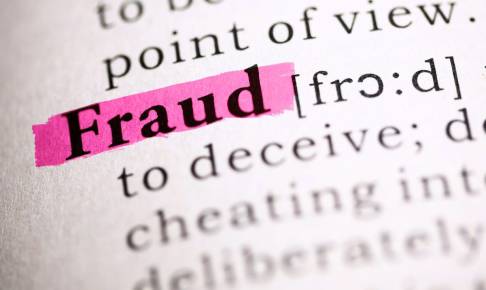EU market: one out of every two oregano products is adulterated
The findings of the first coordinated control plan on the authenticity of herbs and spices in the Europeam market has recently been released by the European Commission. The oregano supply chain was the most susceptible, with 48% of samples suspected of being adulterated, with olive leaves being the most common adulterant found.
Cumin, curcuma (turmeric), oregano, paprika/chilli, pepper, and saffron were included in the coordinated control plan since they were regularly reported to be the subject of alterations. To test the purity of the samples, over 10 000 assays were performed on 1 885 samples using a variety of cutting-edge analytical methods. The proportion of samples suspected of adulteration was 48% for oregano, followed by 17% for pepper, 14% for cumin, 11% for curcuma, and 11% for saffron. The lowest percentage of suspicion (6%) was seen for paprika/chili. The bulk of questionable samples included unidentified plant material; in 2% of spice samples analyzed, unapproved colorants were discovered. One sample exhibited an abnormally high concentration of lead chromate. Furthermore, copper compounds exceeding the applicable maximum residue level defined by Regulation (EC) No 396/2005 were identified in 2 cumin, 45 oregano, and 4 pepper samples.
Fraudulent manipulations may occur at any point in the process, including manufacture, transportation, processing, and so on, until the product reaches the market. The following are some of the most prevalent manipulations stated by European Commission: ingredients, additives, colors, and/or herbs and spices that have not been authorized for use in food; ingredients, additives, colors, or any other element allowed for use in food but not stated or marked in a way that might lead to consumer confusion; spices or herbs in which a vital element has been missing or eliminated, deceiving the consumer; a different section of the same botanical plant from the one declared, to the point where the client is misled; amounts of components from botanical plants other than the one specified are technically avoidable.
The overall rate of questionable samples was 17% (323 out of 1 885 total), which is lower than what has previously been published in the scholarly literature or by national food control agencies.
Source:






















